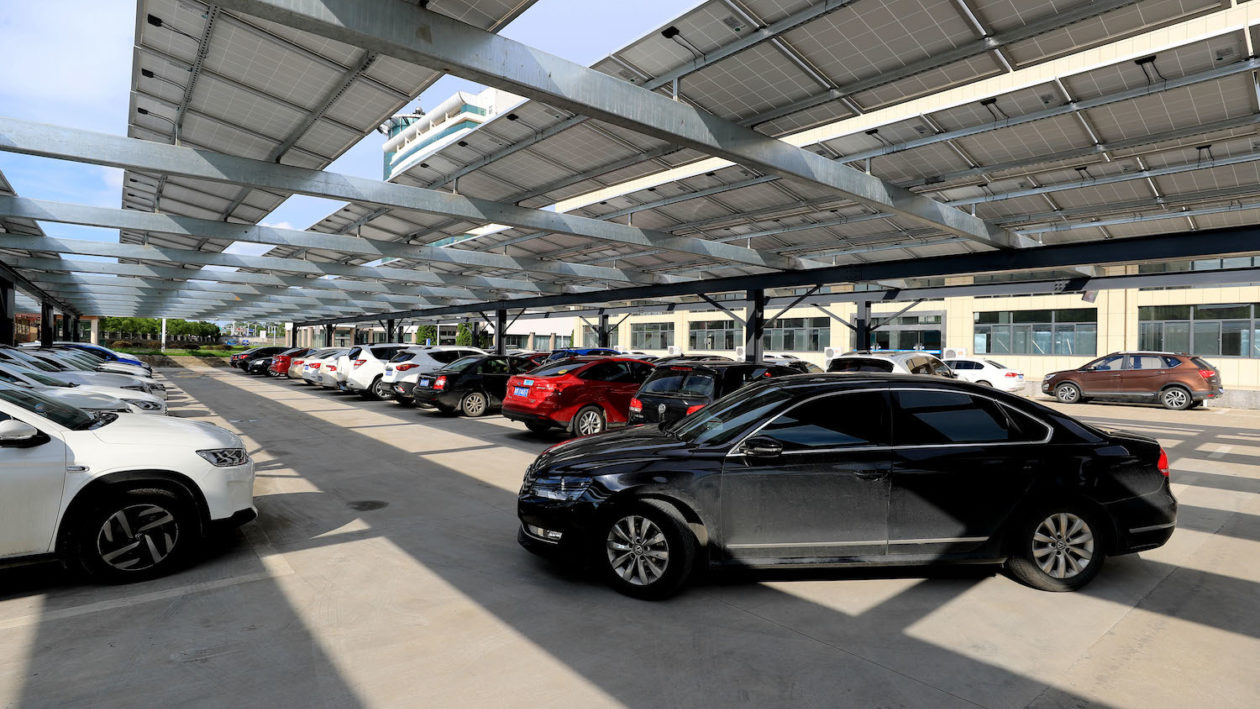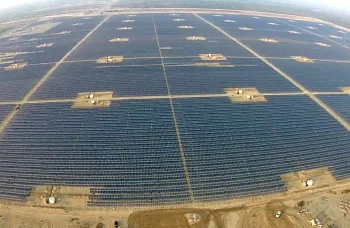Hmm yes let's see how things have been going.

It's clearer in relative terms, betting on the green coloured wedge isn't doing too well, all those orange and dark blue wedges are expanding past it! Oh no!

Well maybe it'll turn around soon, let's ask the experts at the IEA where things are heading.
Oh what's that? It's to be explosive growth? Renewables collectively overtake coal as the largest source of electricity by 2027, driven entirely by solar and wind?

Huh, weird.
And the acceleration is pretty widely projected to continue well beyond that until most electricity is renewables in a couple decades? Haven't they heard the pronouncements from 2005 about land area? Have they NO FEAR OF INTERMITTENCY. Don't they know only that little chunk of dark green can do the job.
It's clearer in relative terms, betting on the green coloured wedge isn't doing too well, all those orange and dark blue wedges are expanding past it! Oh no!
Well maybe it'll turn around soon, let's ask the experts at the IEA where things are heading.
Oh what's that? It's to be explosive growth? Renewables collectively overtake coal as the largest source of electricity by 2027, driven entirely by solar and wind?
Huh, weird.
And the acceleration is pretty widely projected to continue well beyond that until most electricity is renewables in a couple decades? Haven't they heard the pronouncements from 2005 about land area? Have they NO FEAR OF INTERMITTENCY. Don't they know only that little chunk of dark green can do the job.











